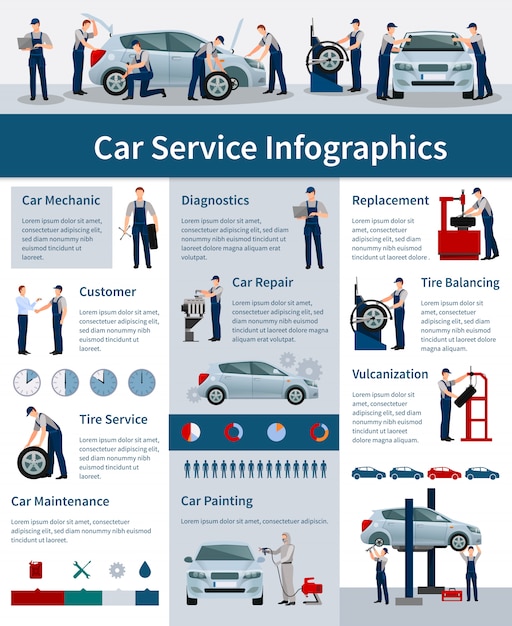Eager To Know What The Control Panel Warning Lights In Your Cars And Truck Symbolize? Discover Their Definitions For The Well-Being And Safety Of Your Car
Eager To Know What The Control Panel Warning Lights In Your Cars And Truck Symbolize? Discover Their Definitions For The Well-Being And Safety Of Your Car
Blog Article
Short Article Developed By-Vinson Alvarado
When you lag the wheel, those radiant warning lights on your control panel can be a bit complicated. Do you recognize what they're trying to inform you about your cars and truck's health? Comprehending the significance of these lights is important for your security and the long life of your vehicle. So, the next time among those lights turns up, would not you want to decode its message properly and take the necessary actions to resolve it?
Common Caution Lights and Interpretations
Identify typical warning lights in your auto and recognize their meanings to make sure risk-free driving.
One of the most typical caution lights include the check engine light, which signifies problems with the engine or emissions system. If this light comes on, it's crucial to have your automobile checked quickly.
The oil pressure cautioning light indicates reduced oil pressure, requiring instant attention to avoid engine damage.
A flashing battery light could suggest a damaged charging system, possibly leaving you stranded if not addressed.
The tire pressure tracking system (TPMS) light signals you to low tire pressure, affecting vehicle security and gas efficiency. Overlooking this might bring about unsafe driving problems.
The abdominal light suggests a problem with the anti-lock stopping system, jeopardizing your capacity to stop swiftly in emergency situations.
Finally, the coolant temperature level alerting light warns of engine overheating, which can cause extreme damages otherwise resolved swiftly.
Recognizing these usual warning lights will assist you address concerns quickly and maintain safe driving conditions.
Importance of Prompt Attention
Comprehending the usual caution lights in your automobile is only the first step; the importance of promptly addressing these warnings can't be highlighted enough to guarantee your security when driving.
When a warning light illuminates on your dashboard, it's your vehicle's way of communicating a prospective concern that requires focus. Ignoring these cautions can bring about extra extreme problems later on, compromising your safety and potentially costing you extra in repairs.
Motivate attention to cautioning lights can protect against malfunctions and crashes. For instance, a blinking check engine light can show a misfire that, if left neglected, can cause damages to the catalytic converter. Addressing this promptly can conserve you from a costly fixing.
Similarly, https://www.autonews.com/fi-press-release/openbay-automotive-repair-and-maintenance-subscription-service-now-available warning light might signify low brake liquid or used brake pads, important parts for your safety when driving.
DIY Troubleshooting Tips
If you observe a warning light on your control panel, there are a few DIY troubleshooting tips you can try before seeking expert aid.
The first step is to consult your auto's guidebook to understand what the certain warning light suggests. Often https://ecu-tuning-group62840.blogthisbiz.com/36173531/polish-your-car-describing-skills-with-seasonal-understandings-to-maintain-your-lorry-looking-excellent-and-safe-check-out-exactly-how-to-manage-the-unique-barriers-that-come-with-each-period can be as straightforward as a loose gas cap causing the check engine light. Tightening up the gas cap might resolve the trouble.
auto car wash near me is a low battery, which can cause numerous alerting lights. Inspecting the battery links for deterioration and ensuring they're protected may fix the problem.
If a caution light persists, you can attempt resetting it by detaching the car's battery for a few minutes and then reconnecting it. Additionally, examining your automobile's liquid levels, such as oil, coolant, and brake liquid, can help repair cautioning lights associated with these systems.
Verdict
In conclusion, recognizing your vehicle's caution lights is crucial for keeping your vehicle running efficiently and securely. By immediately attending to these informs and understanding what they imply, you can stay clear of expensive fixings and possible malfunctions.
Remember to consult your auto's guidebook for certain details on each alerting light and take action as necessary to make sure a trouble-free driving experience.
Keep notified, remain secure when traveling!
